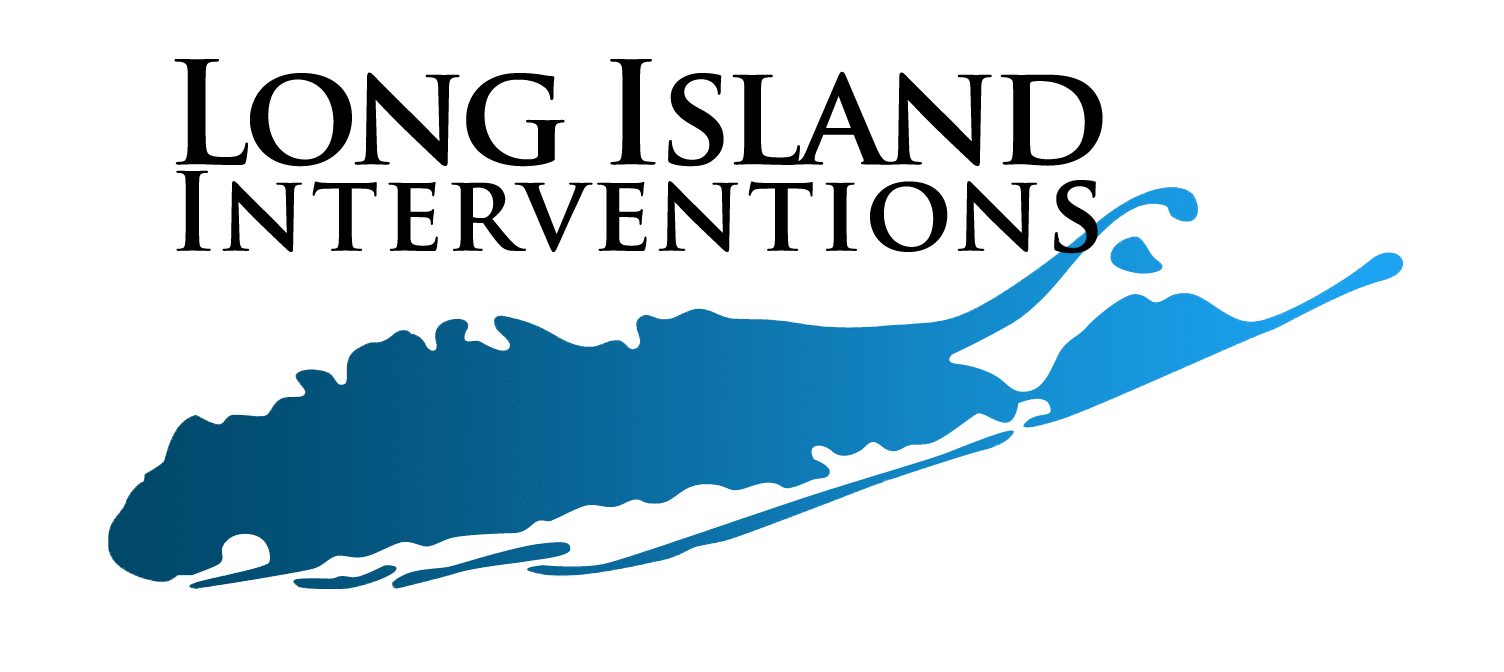Substance use disorders (SUDs) pose a huge health challenge for the people in New York. They affect thousands of individuals across the state, from opioids and illicit drugs to rising rates of alcohol and stimulant use.
As such, the need for an addiction treatment center in New York has never been more urgent. Fortunately, the state is home to a great number of specialized facilities. These places work daily to support people ready to take that first step towards recovery.
Not only do they offer medical and therapeutic support, but they also provide the resources needed for long-term recovery. In this article, we’ll explore how addiction treatment centers in New York work and how the recovery process goes. So, keep reading.

Table of Contents
Addiction Statistics in New York
Substance use is a serious concern that impacts people in the state’s urban and rural areas. Recent data from the New York State Office of Addiction Services and Supports (OASAS) indicate that about 2.8 million New Yorkers over the age of 12 had an SUD in the year 2022.
Overdose Deaths
Sadly, not many of those suffering from addiction get proper help. In fact, the state continues to witness an alarming number of overdose fatalities over the years.
In 2022, over 6000 New York State residents died due to drug overdose. Plus, more than 2000 deaths were caused by alcohol-related issues.
In New York City specifically, the numbers are jaw-dropping. Since the tracking of overdose deaths began in 2000, the year 2022 was the worst, with over 3000 fatalities.
Most Impacting Opioids
Among all the harmful substances, a major contributor to the overdose crisis in New York is fentanyl. It’s a potent synthetic opioid that’s much powerful than heroin and about 100 times more addictive than morphine. This means that even the smallest doses of it can be deadly.
In 2023, fentanyl had a hand in over 75% of all overdose deaths in New York. Additionally, a substance like xylazine (a veterinary sedative) was detected in 31% of opioid-related overdose deaths.
Alcohol Use
In addition to opioids and illicit drugs, alcohol misuse also contributes to the state’s public health concerns. Excessive alcohol use has been detected in over 18% of adults in New York, varying between binge and heavy drinking.
According to statistics, more than 8000 New Yorkers lose their lives annually as a result of problems related to excessive alcohol use.

Types of Addiction Treatment Programs Available
When it comes to treating addictions, programs usually fall into two main categories: inpatient and outpatient. The choice between the two paths depends on a few factors, like the severity of addiction, personal circumstances, and the kind of support system a person has at home.
Inpatient Treatment Programs
Also known as residential treatment, inpatient programs require staying full-time at the facility. Over there, the person suffering from addiction receives around-the-clock care based on highly structured programs.
Principally, an inpatient facility provides a safe, supportive environment away from outside triggers. Such a program is especially beneficial for people dealing with issues such as severe substance use disorders, long-term addiction, or co-occurring mental health conditions.
While in treatment, affected individuals participate in a mix of therapies, educational sessions, and activities designed to help them build coping strategies for life after recovery.
Overall, inpatient treatment programs include:
1. Detoxification (Detox)
For those dependent on alcohol or drugs, clearing their systems of the substance is the first step toward recovery. That’s why detox is what they need to begin with. As it happens, the affected person suffers from withdrawal symptoms like sweating, nausea, anxiety, insomnia, etc.
In some cases, substance withdrawal can be life-threatening. That’s why it needs to be supervised and controlled by a professional.
During the inpatient detox program, specialized medical staff monitor and manage withdrawal symptoms. They ensure the process goes as smoothly and safely for the patient as possible. Typically, this stage takes between a few days and a week.
2. Short-Term Residential Treatment
After detox, the recovering individual needs to go through intensive therapy and counseling sessions. Such a program can last for about 30 days.
Principally, short-term residential treatment programs aim to stabilize those recovering from addiction. They also help them identify unhealthy behavioral patterns and lay the foundation for continued care.
In most cases, recovering individuals need to follow residential programs with outpatient services that allow them to stay sober after treatment.
3. Long-Term Residential Treatment
For patients with chronic addiction problems and a history of multiple relapses, long-term residential treatment programs offer extended support. They usually last for 60 to 90 days or more.
These programs work more intensively on behavioral therapy, skill-building, and relapse prevention strategies. They happen within a therapeutic setting that applies dual diagnosis treatment strategies for addressing underlying mental health complications.
Outpatient Treatment Programs
As for outpatient treatment programs, they offer more flexibility for the less severe cases of addiction. They allow individuals to remain at their homes while attending scheduled treatment sessions at a nearby clinic or facility.
This way, people dealing with addiction get to go about their normal lives and receive the help needed at the same time. This option is ideal for those with milder issues, a strong support system, or responsibilities like work or childcare.
In general, outpatient programs can vary broadly in intensity. They can be limited to only a few hours per week or extended to daily structured therapy as needed. Overall, the goal is the same as inpatient care: helping people recover, but in a way that fits into their daily lives.
In outpatient treatment programs, an individual can sign up for one of the following:
1. Intensive and Standard Outpatient Programs
The intensive outpatient programs (IOPs) offer frequent sessions. They range from three to five times per week, each lasting for several hours each day. They allow individuals to maintain work or school obligations while receiving comprehensive treatment.
On the other hand, standard programs involve regular therapy sessions, once or twice per week. They make a great choice for patients with mild substance use disorder or those transitioning from a more intensive program.
2. Partial Hospitalization Programs (PHPs)
Sometimes called day treatments, partial hospitalization programs are the most intensive outpatient option. Patients attend treatment sessions for most of the day, several days a week, but get to return home at night.
Such programs provide similar care to inpatient treatment. At the same time, they have enough flexibility for the recovering person to enjoy the less structured outpatient benefits.
3. Medication-Assisted Treatment (MAT)
While this type can be provided in both inpatient and outpatient settings, MAT is mostly part of outpatient care. It combines the use of FDA-approved medications with counseling and behavioral therapies.

Services Offered for Treating Addiction
Addiction treatment centers in New York offer a range of services designed to address the physical, emotional, and psychological aspects of substance abuse. Together, these services take part in personalized treatment plans for each patient based on their personal needs.
Here’s an overview of what someone entering treatment can expect:
1. Medical Evaluation: Treatment begins with a full medical evaluation of the person’s health status and substance use history. For those in detox or MAT, ongoing medical monitoring helps ensure safety and comfort during the process.
2. Individual Counseling: One-on-one therapy is the core of addiction treatment. Licensed counselors or therapists help patients explore the root causes of their issues, set recovery goals, and develop coping strategies to deal with the aftermath of addiction.
3. Group Therapy: In group sessions, patients share their experiences, challenges, and progress with others in similar situations. Facilitated by a therapist, these sessions encourage peer support and a sense of community during recovery.
4. Family Counseling: Addiction impacts families as much as it does the affected person. That’s why many treatment programs offer family therapy sessions. They help repair relationships, educate loved ones about addiction, and build healthier communication patterns.
5. Behavioral Therapies: Evidence-based approaches like Cognitive Behavioral Therapy (CBT) and Dialectical Behavior Therapy (DBT) are also used in addiction treatment. They help individuals change harmful thought patterns and adopt better behaviors.
6. Life Skills and Relapse Prevention: Many programs include workshops on life skills like budgeting, stress management, nutrition, etc. Relapse prevention is also essential, teaching patients how to recognize warning signs and maintain sobriety over time.
7. Aftercare and Continuing Support: Recovery doesn’t end after a program is complete. Some treatment centers offer aftercare planning that includes referrals to outpatient services, sober living homes, peer support groups, or ongoing therapy to maintain progress.

Final Thoughts
Addiction is a deeply impacting struggle for many people around the country. Yet, recovery is possible if you follow the right path. From detox and therapy to long-term support, there’s a wide variety of programs offered at nearly every addiction treatment center in New York.
Whether someone needs intensive inpatient care, flexible outpatient help, or long-term recovery planning, there are options for every stage of the recovery path.
At Long Island Interventions, we offer statewide support across New York, New Jersey, and Connecticut. So, if you or someone you care about is ready to take that first step, don’t hesitate to contact us. Taking action today can change a life.

